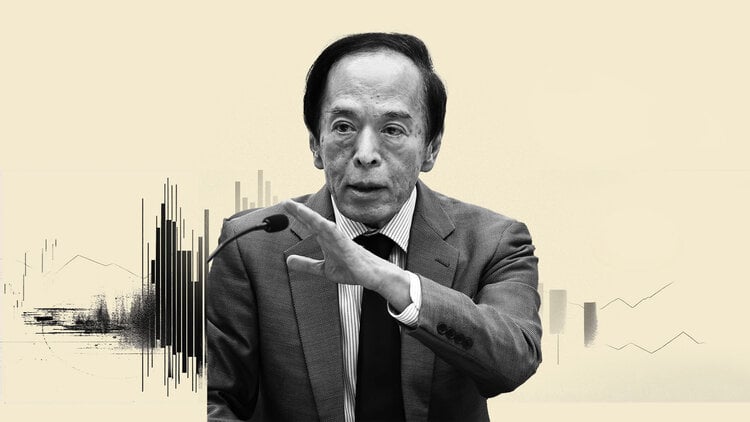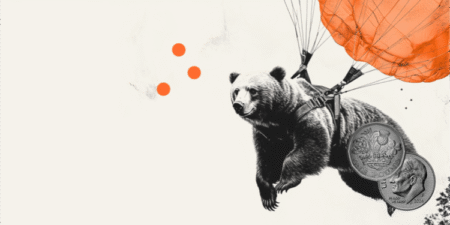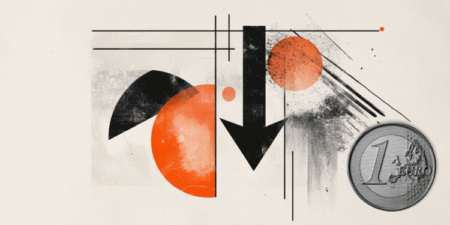- The Bank of Japan is expected to hold interest rates at 0.50% in its May meeting.
- The uncertainty related to the United States-inspired trade war will be at the centre of the decision.
- The Japanese Yen could ease further with the BoJ’s anticipated decision.
The Bank of Japan (BoJ) will announce its decision on monetary policy after a two-day meeting on Thursday, and market participants widely anticipate policymakers will keep the benchmark interest rate on hold at 0.50%.
The focus will then shift to any signs of future monetary policy actions in the foreseeable future, alongside fresh economic projections, with the Japanese Yen (JPY) reacting in consequence.
What to expect from the BoJ interest rate decision?
As said, the Japanese central bank will likely maintain interest rates on hold at 0.50%, the highest level in 17 years. The BoJ delivered a 25 basis points (bps) hike in January amid progress towards their 2% inflation goal, but stayed pat in March.
Regarding projections, the BoJ forecasted 1.1% Gross Domestic Product (GDP) growth for FY 2025 and 1% for FY 2026 in January. Such a figure could suffer a revision amid the ongoing trade war, given that Japan is an export-dependent economy. Additionally, the median outlook for consumer inflation was 2.4% and 2% for the same two years.
Meanwhile, the United States (US)-inspired trade war continues, generating uncertainties about economic and inflation progress. Without progress in negotiations, Japan will likely see a contraction in exports and reduced capital investment, alongside an uptick in inflation. That means Japanese policymakers will likely opt to keep rates on hold until a clearer picture emerges.
Ahead of the announcement, Japanese Prime Minister Shigeru Ishiba announced in mid-April some emergency economic measures to alleviate any impact on industries and households affected by US levies. The package includes support for corporate financing and subsidies to lower petrol prices by 10 yen ($0.07) a litre (0.26 gallons), and partially cover electricity bills for three months from July.
Also, Japan’s Economy Minister, Ryosei Akazawa, who is in charge of trade negotiations with the US, repeated that they expect the complete removal of levies. Even further, he clarified that the government is not considering sacrificing agricultural products for the sake of autos in the negotiations.
Finally, BoJ Governor Kazuo Ueda last week said the bank will continue to carefully monitor economic and price data in relation to interest rate policy. Ueda will hold a press conference after the announcement, and his words will be scrutinised for clues on future monetary policy decisions.
As a note of colour, the US published first-tier data on Wednesday. The ADP Employment Change report showed that the private sector added 62K new job positions in April, much worse than the 108K anticipated by market participants. The preliminary estimate of the US Q1 GDP also missed expectations, as the economy contracted at an annualized pace of 0.3% against the anticipated 0.4% expansion. The figures fueled speculation that the US faces a recession in the foreseeable future amid Trump’s tariffs, and financial markets turned risk-averse ahead of BoJ’s decision.
How could the Bank of Japan’s interest rate decision affect USD/JPY?
Generally speaking, markets price in central bank’s decisions, meaning a decision in line with expectations should have a limited impact on the JPY. Policymakers are expected to repeat that they will remain data-dependent. Downward revisions to expectations, however, may weigh on the Japanese currency.
A scenario in which BoJ officials are optimistic about economic and inflation progress is quite unlikely, but it should result in a firmer JPY. Considering that, the USD/JPY will edge lower after BoJ’s decision.
Valeria Bednarik, FXStreet Chief Analyst, says: “The USD/JPY pair hovers around 143.00 in the American session before the BoJ’s announcement, advancing for a second consecutive day, but the bullish potential seems well-limited. In the daily chart, a bearish 20 Simple Moving Average (SMA) provides dynamic resistance at around 143.70, while technical indicators aim north, although within negative levels and with uneven strength. Even further, the 100 and 200 SMAs keep heading lower, far above the current level, reflecting the dominant bearish trend. A recent peak at 144.02 comes as the next relevant level to watch, with a steady advance above it required to anticipate a bullish extension in the following sessions.”
Bednarik adds: “Should the BoJ deliver a hawkish message, the risk for USD/JPY turns to the downside, with the 142.00 mark providing immediate support, ahead of the April 23 daily low at 141.35. Additional selling pressure exposes the year low at 139.88.”
Economic Indicator
BoJ Monetary Policy Statement
At the end of each of its eight policy meetings, the Policy Board of the Bank of Japan (BoJ) releases an official monetary policy statement explaining its policy decision. By communicating the committee’s decision as well as its view on the economic outlook and the fall of the committee’s votes regarding whether interest rates or other policy tools should be adjusted, the statement gives clues as to future changes in monetary policy. The statement may influence the volatility of the Japanese Yen (JPY) and determine a short-term positive or negative trend. A hawkish view is considered bullish for JPY, whereas a dovish view is considered bearish.
Read more.
Next release:
Thu May 01, 2025 03:00
Frequency:
Irregular
Consensus:
–
Previous:
–
Source:
Bank of Japan
Tariffs FAQs
Tariffs are customs duties levied on certain merchandise imports or a category of products. Tariffs are designed to help local producers and manufacturers be more competitive in the market by providing a price advantage over similar goods that can be imported. Tariffs are widely used as tools of protectionism, along with trade barriers and import quotas.
Although tariffs and taxes both generate government revenue to fund public goods and services, they have several distinctions. Tariffs are prepaid at the port of entry, while taxes are paid at the time of purchase. Taxes are imposed on individual taxpayers and businesses, while tariffs are paid by importers.
There are two schools of thought among economists regarding the usage of tariffs. While some argue that tariffs are necessary to protect domestic industries and address trade imbalances, others see them as a harmful tool that could potentially drive prices higher over the long term and lead to a damaging trade war by encouraging tit-for-tat tariffs.
During the run-up to the presidential election in November 2024, Donald Trump made it clear that he intends to use tariffs to support the US economy and American producers. In 2024, Mexico, China and Canada accounted for 42% of total US imports. In this period, Mexico stood out as the top exporter with $466.6 billion, according to the US Census Bureau. Hence, Trump wants to focus on these three nations when imposing tariffs. He also plans to use the revenue generated through tariffs to lower personal income taxes.
Read the full article here
















